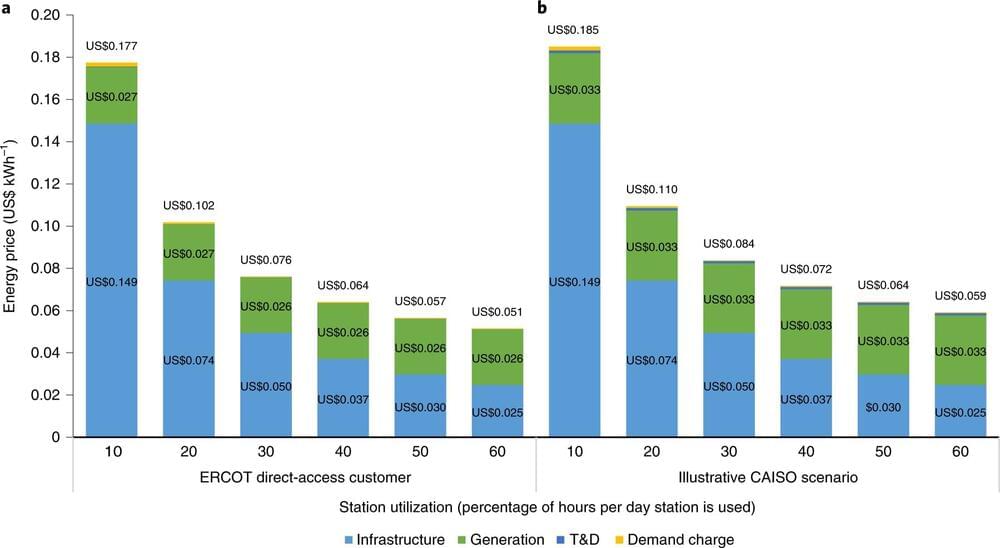For many of us, this is a part of the year when we are acutely aware of time and timekeeping, even more so than usual. Thanks in part to the changing of clocks I talked about in my last post, it gets dark much earlier, and there’s another month or so to go of the days getting shorter and the nights longer (in the northern hemisphere, anyway; if you’re in most of South America, much of Africa, or Australia, enjoy your long summer days…). We’re also coming into the cluster of solstice-related holidays— Hanukkah started last night, and Christmas is fast approaching— so a lot of kids are counting down days, and adults juggling family and social commitments and trying to find time to shop for gifts. The preceding might make this seem like a particularly Western preoccupation. That’s true in a narrow sense— the holidays of the moment are Jewish and Christian, and there’s nothing all that significant happening in, say, the Muslim world for the next couple of months— but in fact basically every human culture we know much about has devoted significant energy to the tracking of time. Full Story:





